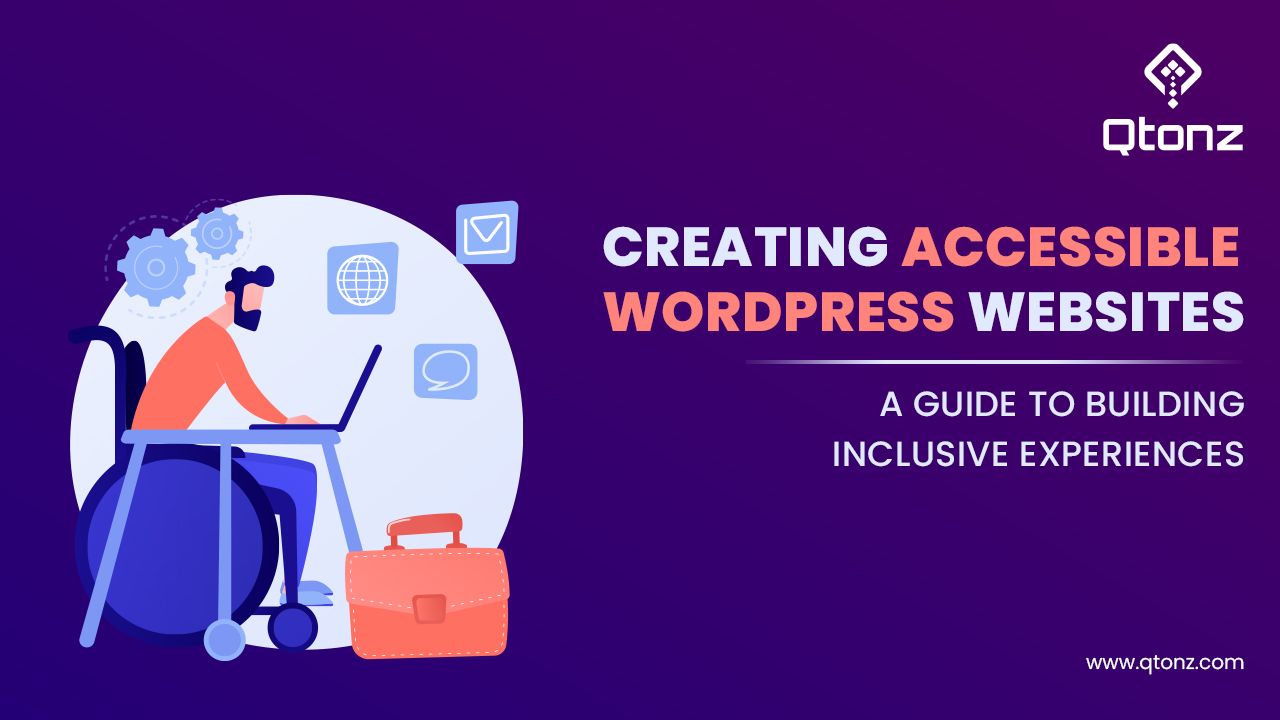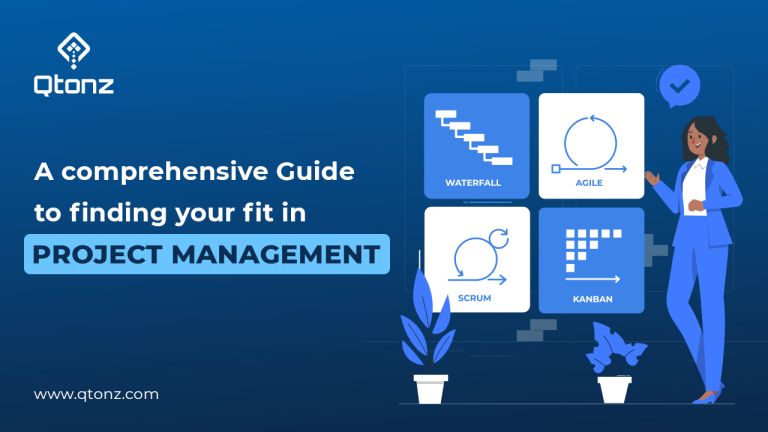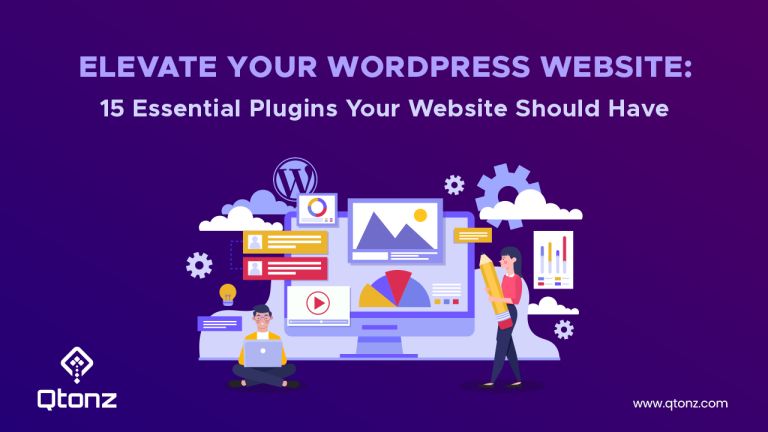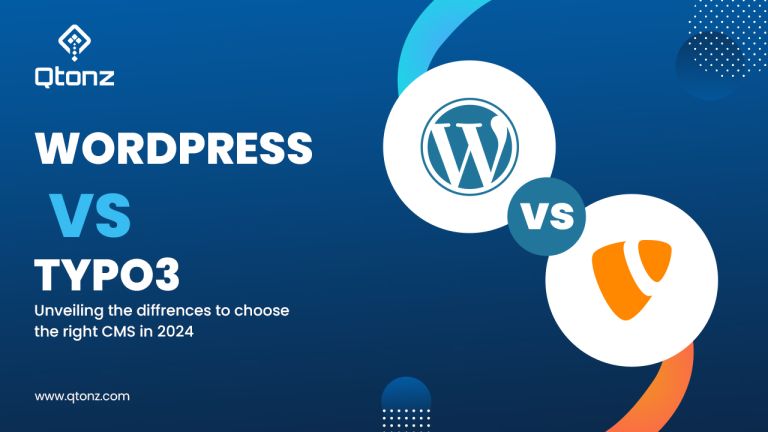Introduction
In today’s digital age, creating an inclusive online presence has become more important than ever. In this guide, we will explore the world of website accessibility and its significance in WordPress development. We’ll delve into the fundamentals of accessibility, discuss the benefits it offers, and provide practical tips and tools to help you create an accessible website that provides an inclusive experience for all users.
The power of the Web is in its universality.
Access by everyone regardless of disability is an essential aspect.

What is Accessibility?
Accessibility means making sure that your websites can be used by many different people. It’s not just about helping people with disabilities, but also about making things easier for those using mobile devices or slow internet connections.
Basically, accessibility is about treating everyone the same and giving them equal chances, no matter what they can or can’t do. It’s not fair to keep someone out of a physical building because they use a wheelchair, and it’s just as unfair to exclude someone from a website because they have trouble seeing. We might all be different, but we all have the same rights as humans.
Being accessible is not only the right thing to do, but it’s also a smart choice. In some places, the law requires websites to be accessible. By making your website accessible, you can reach more customers and expand your business to new markets. It’s a way to include everyone and meet legal requirements, while also growing your business.
Types of Inaccessibility
People with disabilities have a wide range of unique experiences, just like people without disabilities. It’s important to remember that your own experiences using the web may be different from others, so it’s essential to learn about how different people use it. Understanding the various types of disabilities can help you design websites that are more inclusive. Let’s explore some of the main types of disabilities to consider:
- Visual Inaccessibility: This refers to barriers faced by individuals with visual impairments. It includes issues like insufficient colour contrast, lack of alternative text for images, and the absence of proper text formatting.
- Auditory Inaccessibility: Auditory inaccessibility pertains to obstacles encountered by individuals with hearing impairments. It includes challenges such as the absence of captions or transcripts for audio or video content.
- Motor Inaccessibility: Motor inaccessibility relates to difficulties faced by individuals with motor disabilities or limited dexterity. It involves issues like websites lacking keyboard navigation support, complex or non-intuitive navigation structures, or small interactive elements that are hard to interact with using assistive devices.
- Cognitive Inaccessibility: Cognitive inaccessibility refers to barriers experienced by individuals with cognitive disabilities or learning difficulties. It encompasses challenges such as complex or unclear content, overwhelming or cluttered layouts, and a lack of consistent navigation and organization.
- Language and Literacy Inaccessibility: This type of inaccessibility concerns individuals with limited language proficiency or literacy skills. It includes issues like content presented only in complex language, absence of translations or language alternatives, and inaccessible reading levels.
- Technical Inaccessibility: Technical inaccessibility involves obstacles encountered by users due to technical limitations. It encompasses issues such as compatibility problems with certain devices or browsers, slow loading times that hinder access, or reliance on technologies that are inaccessible to some users.
Why does Accessibility Important?
Creating an accessible WordPress website is not only a legal and ethical responsibility but also a smart business move. When you prioritize accessibility, you are ensuring that everyone, regardless of their abilities, can access and engage with your website’s content, products, and services. By embracing accessibility, you open doors to a more inclusive online space, expanding your potential audience beyond any limitations. Moreover, providing a positive user experience for all visitors fosters customer satisfaction, and loyalty, and can lead to increased conversions and success for your business. Accessibility is a win-win situation, benefiting both users and your bottom line.
A Blind User’s Interaction with Laptops
This video demonstrates how a person who is blind can use a Macbook Pro laptop with the help of the “Accessibility” option. It shows that making products accessible benefits both the product owner and users. By including accessibility features, we can ensure that people with disabilities have equal opportunities to use the same devices as everyone else. It promotes equality and empowers disabled individuals to access technology just like anyone else.
Benefits of Website Accessibility
Website accessibility offers a multitude of benefits that positively impact both users and website owners.
- Reaching a wider audience: it promotes inclusivity by ensuring that individuals with disabilities can access and navigate websites effectively. By removing barriers and providing alternative means of interaction, accessibility allows a diverse range of users to engage with content, products, and services. This leads to a more inclusive online space where everyone can participate and contribute.
- Increasing usability: Website accessibility enhances the user experience for all visitors, not just those with disabilities. Accessible websites are often easier to navigate, have clear and organized content structures, and offer intuitive design elements. This improves overall user satisfaction, engagement, and retention. When users have a positive experience on a website, they are more likely to stay longer, explore further, and potentially convert into customers or clients.
- Expand Business: website accessibility opens up new opportunities and expands the potential audience. By accommodating individuals with disabilities, you tap into a market segment that may have been overlooked. This can lead to increased customer reach, loyalty, and brand reputation. Accessibility can also improve search engine optimization (SEO) by enhancing the website’s structure, content, and performance, ultimately boosting its visibility in search engine results.
- Prove your Ethics: Creating an accessible website demonstrates social responsibility and can help meet legal requirements. In many countries, there are laws and regulations mandating website accessibility, particularly for government organizations, educational institutions, and businesses serving the public. By adhering to these standards, you ensure compliance, mitigate legal risks, and demonstrate a commitment to equal access for all.
- Improving SEO: When you create an accessible website, you not only make it easier for people to use but also increase the chances of your website being found in search engines like Google. SEO is about making your website rank higher in search results to attract more visitors. While the exact details of how Google ranks pages are kept secret, there are some agreed-upon best practices for SEO.
In general, website accessibility brings benefits beyond following rules and being fair. It improves how users experience your website, helps you reach a wider audience, boosts your brand’s reputation, and ensures you meet legal requirements. Prioritizing accessibility is not just the right thing to do, it’s also a smart business decision that promotes inclusivity and contributes to the overall success of your website.
Accessibility Standards
Web Accessibility Standards provide guidelines for creating websites that are accessible to everyone. These standards are based on four main principles:
- Perceivable: This means ensuring that all visitors can perceive or understand the content on your website. It’s important to remember that “perceive” doesn’t only refer to seeing with one’s eyes. People who are blind or have low vision use screen reader software to hear the content. So, consider these users when designing your site.
- Operable: An operable website can be used without causing any disruptions to the user. All visitors should be able to use every part of the site’s functionality, from navigating pages to interacting with links, videos, and audio. Simple websites are usually more operable, as they avoid excess features that might hinder users with disabilities.
- Understandable: Your website’s content, including text and design, should be easy for visitors to understand. Avoid using complicated language that might confuse people, and ensure that your site’s structure is organized logically, making navigation easy for all visitors.
- Robust: Your website’s content should be easily interpreted and usable by all, including those using assistive technologies like screen readers. Writing your HTML in a way that allows assistive technologies to understand and interpret your code without a visual reference is crucial.
By following these accessibility principles, you can create a website that is inclusive and provides a positive user experience for all visitors, regardless of their abilities or disabilities. Making your website accessible helps ensure that everyone can access and benefit from your content and services, promoting equality and inclusivity on the web.
How to Create an Accessible Website (Quick Tips)?
Creating an accessible website is essential to ensure that all users, including those with disabilities, can access and use your content effectively. Here are some quick tips to help you get started with making your website more accessible:
- Use a content management system (CMS) supporting accessibility standards (e.g., WordPress). Whenever you amend any pre-used template, ensure themes were designed for accessibility.
- Include personas (https://www.interaction-design.org/literature/topics/personas) with varying abilities
- Provide Alternative Text for Images: Add descriptive alt text to all images on your website. This allows users with visual impairments to understand the content of the images through screen readers.
- Use Clear and Descriptive Headings: Organize your content with clear and meaningful headings. Headings help users navigate the page and understand its structure, especially for screen reader users.
- Ensure Color Contrast: Ensure sufficient contrast between text and background colours. This benefits users with low vision and makes the content easier to read for everyone.
- Create Keyboard-Friendly Navigation: Make sure all interactive elements, such as links and buttons, can be accessed and activated using only a keyboard. This helps users who cannot use a mouse or other pointing device.
- Caption Videos and Transcribe Audio: Provide captions for videos and transcribe audio content to make them accessible to users who are deaf or hard of hearing.
- Make Forms Accessible: Include labels for form fields and provide clear instructions to assist users in filling out forms. Consider using error messages to guide users in case of mistakes.
- Use proper HTML elements in lists. Don’t put them on the same line as text.
- Use ARIA (Accessible Rich Internet Applications) Roles: For dynamic content and interactive elements, use ARIA roles to enhance accessibility for screen reader users.
- Optimize Page Load Times: Improve your website’s performance to ensure it loads quickly for all users, including those with limited internet speeds or using assistive technologies.
- Test Your Website’s Accessibility: Regularly test your website’s accessibility using accessibility evaluation tools or manual testing with assistive technologies.
- Provide Contact Information for Accessibility Feedback: Encourage users to provide feedback on accessibility issues they encounter and respond promptly to their concerns
- Try using your design without a mouse. It can be hard to scroll
- Make content easily understandable – simpler language reaches more users, as do effective information hierarchy, progressive disclosure and prompting.
By implementing these quick tips, you can significantly improve the accessibility of your website and create a more inclusive online experience for all users. Remember that accessibility is an ongoing process, and continuous efforts to address accessibility concerns will ensure that your website remains accessible to a diverse audience.
Top 10 Website Accessibility Online Tools
There are various web accessibility testing tools (https://www.w3.org/WAI/ER/tools/) available today. W3C has compiled and shared a list of them on their website for you to learn more about and compare to one another.
Here, We have tried to list the top 10 online available tools that can be helpful to you.
Top 5 WordPress Plugins
In 2023, here are five popular web accessibility plugins for WordPress that can help improve the accessibility of your website:
FAQs About Accessibility
Users often ask common questions about “Website Accessibility.” We have compiled a list of frequently asked questions (FAQs) covering various aspects of this topic.
- What is website accessibility?
- Why is website accessibility important?
- Who benefits from website accessibility?
- What are some common accessibility barriers on websites?
- How can I make my website accessible?
- Are there any legal requirements for website accessibility?
- How do I test my website’s accessibility?
- Can website accessibility improve SEO?
- Is website accessibility an ongoing process?
- Where can I find more resources on website accessibility?
If you have any questions or need more information about any of these points, feel free to reach out to us in the comments below. We’re here to assist you and provide any help you may need. Don’t hesitate to ask!
Conclusion
The presence of accessible websites is no doubt a positive move for not only your audience but also for your business. You get to cater to that audience who wants to reach out to and do business with many companies.
And once you do grant them access to your site, you automatically open your business doors to exponential growth.
You may have to spend time making your site accessible by cleaning up code, eliminating bugs, and reaching a universal design. However, it will be time well spent as focusing on on-site usability and accessibility helps your user base grow.
Besides, you build a connection with the disability community by showing that you care for them through your accessible website. Your new clients will then show gratitude to you by ending up fiercely loyal visitors relying solely on your site.







4 Comments
I was wondering if youu ever considered changing the structure of your blog?
Its very well written; I love what youve got to say. But maybe you
could a little more in the way of content so people could connect with it better.
Youve got an awful lot of tedt for onlky having onee or 2 pictures.
Maybe you could space it out better? https://www.waste-ndc.pro/community/profile/tressa79906983/
You have mentioned very interesting points!
ps decent web site.
Thank you for your sharing. I am worried that I lack creative ideas. It is your article that makes me full of hope. Thank you. But, I have a question, can you help me?
Your article helped me a lot, is there any more related content? Thanks!